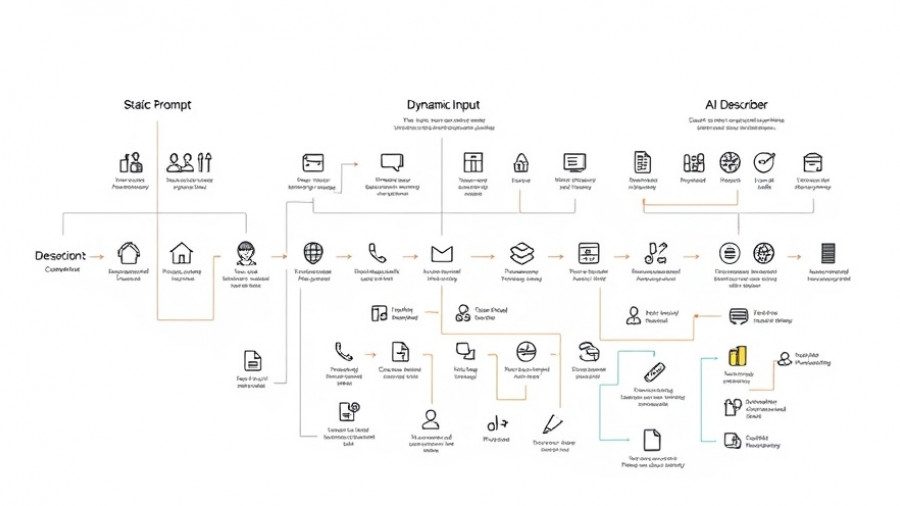
A New Era of Accessibility: Introducing StreetReaderAI
Have you ever thought about how street view tools have transformed our ability to navigate the world? Platforms like Google Street View offer us a glimpse into locations across the globe, allowing us to preview routes or explore tourist attractions from the comfort of our homes. Yet, there is a significant group of individuals left out of this technological revolution—those in the blind and low-vision community. StreetReaderAI is set to change this narrative by making street view tools accessible to everyone.
The Promise of Multimodal AI
Launched by researchers at Google, StreetReaderAI is a proof-of-concept designed to make street view tools accessible via context-aware, real-time AI. Through innovations in multimodal AI and accessible navigation controls, this tool strives to open new pathways for exploration for blind users and those with low vision. The system incorporates dynamic conversation capabilities, real-time audio descriptions of streets and paths, and intuitive voice commands, ultimately enhancing the immersive experience.
Empowering Exploration: Key Features of StreetReaderAI
So, what makes StreetReaderAI groundbreaking? One standout element is its AI Describer feature, which provides immediate audio descriptions based on the user's current field of vision and geographic information. Because this tool was developed by a diverse team of blind and sighted researchers, it ensures that the needs of the users are at the forefront. For instance, when navigating virtually, users will hear audio feedback indicating both cardinal directions and details about nearby landmarks.
Moreover, users can engage with the AI Chat function, enabling them to inquire about their surroundings and receive a conversational AI experience that feels both natural and informative. By asking specific questions like, "What can I find at the next intersection?" or "Is there a bus stop nearby?", the AI can provide pertinent information that aids in both navigation and exploration, enriching the understanding of the local geography.
Creating Inclusive Navigation Experiences
The success of StreetReaderAI lies not only in its technological innovations but also in its emphasis on community involvement. Throughout the research and development phase, blind users participated in evaluations of the tool, giving feedback on its functionality. In one significant study, users rated the tool's overall usefulness at a remarkable 6.4 out of 7, highlighting its potential to redefine accessibility in streetscape technologies. Their insights shed light on the types of questions typically asked, ranging from spatial orientation to descriptions of nearby features.
Addressing the Challenges Ahead
However, as promising as this technology is, it comes with its challenges. Participants in the study noted moments of disorientation and sometimes struggled with the interpretation of AI responses. Building reliability into AI remains a priority; of the nearly 1,000 questions asked during trials, 86.3% were answered correctly, but there's room for enhancement in accuracy, especially regarding identifying physical features in the environment.
Looking to the Future: Expanding Possibilities
StreetReaderAI is a significant step forward, but it also opens the door for further innovations. Future developments may include autonomous AI systems capable of leading users through routes based on their needs, or even enhancing the audio interface by incorporating 3D soundscapes. Such advancements promise to create even more engaging and supportive navigational tools for those who rely on visual cues.
The Importance for Businesses
For small and medium-sized businesses, investing in accessibility is not just a courtesy—it's a necessity. When businesses make information accessible to those in the blind and low-vision communities, they not only demonstrate inclusivity but also expand their customer base. Using tools like StreetReaderAI in conjunction with proper content marketing strategies could further enhance customer experience and boost reputation.
Call to Action: Embrace the Future of Navigation
As we advance into a more inclusive technological landscape, it's essential for businesses to recognize the potential of AI in creating accessible environments. Consider integrating accessible navigation tools into your services, and tap into the benefits of reaching a wider audience by promoting inclusivity. Explore how StreetReaderAI could revolutionize both your business practices and the way individuals experience the world around them.
 Add Row
Add Row  Add
Add 



Write A Comment